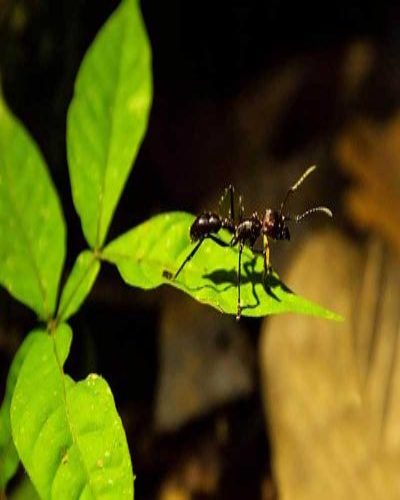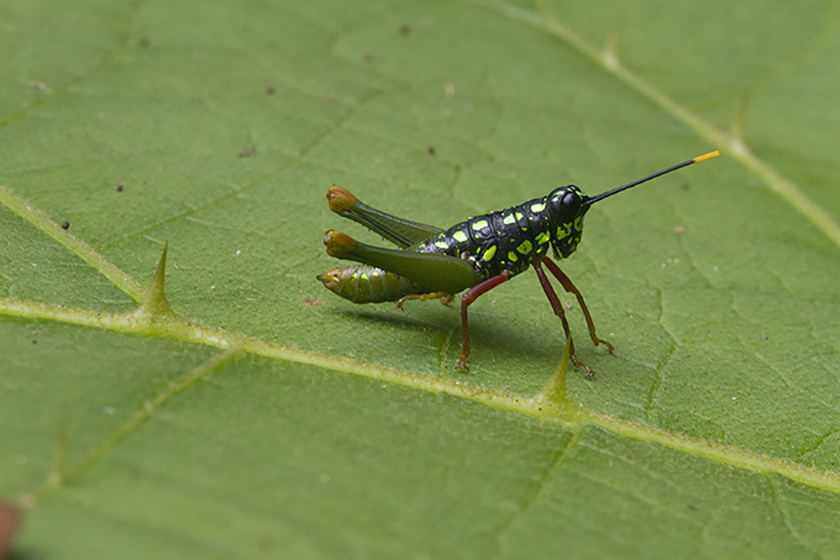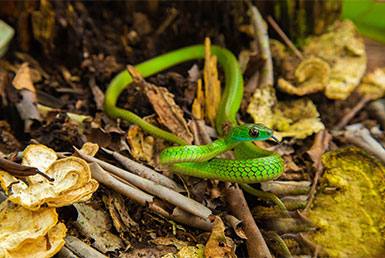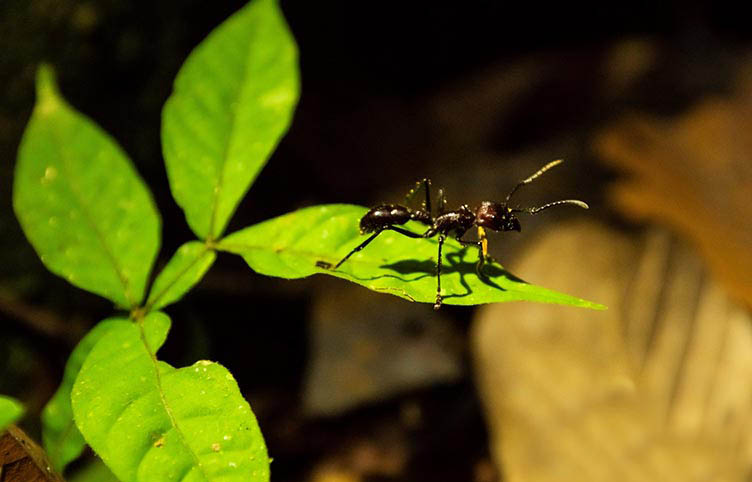NUNA INVESTIGATION

NUNA – NAPO RIVER BASIN, SOUL OF BIODIVERSITY
START – END DATE: March 2018 – November 2019
STATUS: Completed
PRINCIPAL INVESTIGATOR: Elisa Bonaccorso ( USFQ Researcher and Professor)
LOCATION: Napo River Basin, Ecuador
PROJECT DURATION: 20 months
FUNDING: Gordon and Betty Moore Foundation
Web: Nuna Ecuador
The objective of NUNA is to expand the baseline of the fauna diversity of the Napo River basin and describe the geographical and environmental parameters through vegetation monitoring. The project suggests to explore and validate the biological wealth of the Napo river basin and the benefits it provides for the awareness of all Ecuadorians and its preservation for future generations. The field work was focused on 10 representative communities, which many of them have not been profoundly investigated: Antisanilla Reserve, Tiputini Biodiversity Station, Narupa Reserve, Llanganates Sur National Park, Sumaco Napo-Galeras National Park, headwaters of the Curaray river headwaters (San Virgilio), middle Curaray river (Genepade and Gomataon), lower Curaray river (Ninamaru), Lagarto, Pocoya, Aguarico and Napo rivers, and La Bonita. The support and work of the local communities in the Napo basin was essential to fulfill NUNA's goals of discovering and protecting the incredible biodiversity of this region. Their participation and collaboration facilitated the expeditions in the provinces that were part of this project: Napo, Pichincha, Pastaza, Sucumbíos and Orellana.
Researchers
- Amphibians and Reptiles: Juan Manuel Guayasamin, Carolina Reyes-Puig, Diego Cisneros-Heredia, José Vieira, David Brito.
- Birds: Elisa Bonaccorso, Jefferson García-Loor, William Arteaga, Abigail Suárez, Laura Rosado.
- Ants and Spiders: Giovani Ramón, Mariela Dominguez, Diego Cisneros-Heredia.
- Bats: Nicté Ordóñez and Jaime Guerra
- Fish, aquatic invertebrates and aquatic ecosystems: Andrea C. Encalada, Valeria Ochoa-Herrera, Maria de Lourdes Torres, Junior Chuctaya, Andrea Tapia, Karla Barragán, José Vieira, Claudia Serrano, Sebastián Andrade, Segundo Chimbolema.
- Primates: Stella de la Torre and Juliana Salcedo.
- Vegetation and monitoring: Gonzalo Rivas-Torres, Pieter vant Hof, Leonardo Zurita
- Coordination and logistics: Irina Muñoz, Maja Celinscak.
- Communication: Elisa Bonaccorso, David Romo, Carlos Mena, Sebastián Benalcazar (Peacock Films).
- Photographs: José Vieira, Esteban Suárez, Peacock Films.
Publications
- Book “Los Ríos de las cuencas Andino-Amazónicas". Download PDF RCAA Book.
- Posters of diversity of fish in the Curaray river basin: “Curaray alto" (Download poster Peces_CurarayAlto), “Curaray medio" (Download poster Peces_CurarayMedio), “Curaray bajo" (Download poster Peces Curaray Bajo)
- 6 scientific articles
- 3 bachelor’s thesis
- 7 presentations at conferences
| Year | Title | Authors | Document |
|---|---|---|---|
| 2020 | New Ecuadorian records of the eyeless banjo catfish Micromyzon akamai (Siluriformes: Aspredinidae) expand the species range and reveal intraspecific morphological variation | Chuctaya J, Encalada, A, Barragan K, Torres ML, Rojas K, Ochoa-Herrera V, Carvalho T. | Download |
| 2019 | A new species of terrestrial frog of the genus Noblella Barbour, 1930 (Amphibia: Strabomantidae) from the Llanganates-Sangay Ecological Corridor, Tungurahua, Ecuador. PeerJ, 7, e7405. | Reyes-Puig JP, Reyes-Puig C, Ron S, Ortega JA, Guayasamin JM, Goodrum M, Recalde F, Vieira J, Koch C, Yánez-Muñoz MH. | Download |
| 2017 | New records of Andean Ibis Theristicus branickii in Ecuador. Cotinga | Muñoz-Ron, I., Luzuriaga, N., Heredia, A., González, L., Velasteguí, J., Olmedo, I., García-Loor, H. J., Bonaccorso, E. | In press |




